As Moonpig and In The Style publish stellar results for the past year, Retail Week explores what other retailers could learn from their digital strategies.
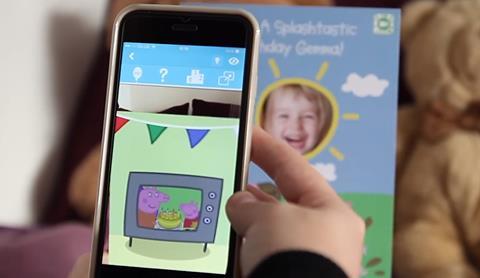
As ecommerce businesses, fashion retailer In The Style and gift and card retailer Moonpig have a lot in common.
Both companies also took the plunge this year by listing on the London Stock Exchange and on Tuesday (July 27) reported soaring profits following a year of increased demand and growing customer bases.
Retail Week looks at how these online players are utilising technology to improve customer acquisition and tailor user experience.
Investing in platforms
In order to optimise customer engagement, both Moonpig and In The Style are creating strong platforms to encourage purchases and to assist consumers on their visit to the site.
For Moonpig, that meant a three-year overhaul of existing systems in order to rebuild tech and data platforming.
“We embarked on a project to completely rebuild everything so that we could make it more modern,” chief executive Nickyl Raithatha explains.

“The idea here is to have a faster, more seamless user experience so you can start to innovate in more powerful ways and critically, you can start to personalise the user journey in better ways.” This includes personalisation of the homepage, smarter suggested filters and more accurate gift recommendations.
The whole system has now been completed and has supported 50.9 million orders last year.
In the Style boss Adam Frisby echoes the point: “Over the last six months we’ve doubled the size of the tech team, including recruiting [former Nobody’s Child chief executive and Missgusided and Asos executive] John Allen as a new chief technology and digital officer.”
“A lot of the focus on the platform so far has been about scalability - we can now throw huge amounts of traffic at the site in very short spaces of time. We’ve now scaled it so that we can cope with over 100 orders per second”.
“The obvious one we’re always improving is the checkout flow - making it easier for the customer to get through the site, making the help section easier to navigate.”
Utilise data for personalisation
For Moonpig, data collection helps enhance customer experience and ensure return visits to the site.
“Why do we care so much about personalising the experience? Our business model is based on a virtuous circle of growth,” says Raithatha. “Every time a customer interacts with us, especially every time they buy a card, we get this incredibly valuable data.”
That data includes important dates that the online retailer can remind customers of annually, as well as names of family and friends that received Moonpig orders and what would be a suitable gift based on previous choices.
Raithatha points out that Moonpig’s data collection is aided by the fact that the company differs from other ecommerce players.
“You’re not just coming to pick a product and adding to basket, you’re actually building that product with stuff that’s relevant,” he says.
“All of that data feeds into our ecosystem and allows us to then recommend to you the perfect gift and the perfect card. Every year, our ability to make that better grows.”
The shared data assists in personalising a customer’s journey.
Driving loyalty
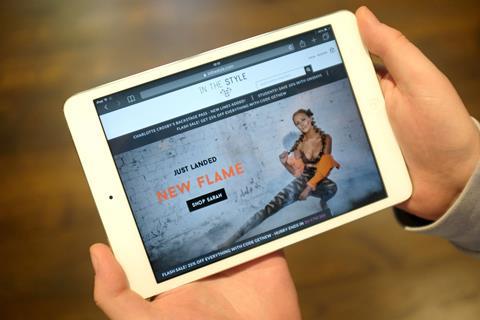
Both Moonpig and In The Style place huge emphasis on their mobile apps, using them to drive customer engagement and loyalty by making ordering easier than ever.
Moonpig boss Raithatha says that the retailer’s app is critical because any customer who downloads it has a future value of 12% more than the average.
“Everything we do is about building customer loyalty,” he says.
“That’s how we think of investing in the business, that’s how we think about growth. We care about the lifetime interaction of customers with us and building a 10-year relationship.”
Moonpig’s app also includes features such as the ability to upload digital handwriting and photos directly from the mobile device’s photo library which makes the whole process easier - which keeps customers coming back.
In The Style also uses an “app first” strategy, giving exclusive discounts and earlier access to collections to app users, which again drives downloads.
“The app has been fantastic, it’s been a change in the way that we work from March last year when we went app-first across everything,” says Frisby.
Sales through the app now make up 55% of In The Style’s overall revenue, up from 19% the previous year.
The fashion etailer’s debut collection with influencer and TV presenter Stacey Solomon drove 100,000 downloads on the day of its launch, reaching the top of the Apple charts.
Similarly, Moonpig reported that its app reached the top of the app store charts four times during the past year, as customers flocked to buy cards online for occasions such as Christmas and Valentine’s Day - red letter days for which customers can also set reminders for, which then draws them back to the app for these occasions.
Driving international

Going one step further, In The Style is using its app to test new markets for its products, starting with Ireland.
“We’re using Ireland as our test-bed for international growth,” says Frisby. “We’ve developed an Irish app, and launched with an Irish influencer which was a sell-out collection and we got lots of new downloads from Irish customers.
“We’ll then be looking to push our app more internationally and use our collaboration model further.”
Frisby looks to In The Style’s competitors to see what is possible - for many of them, he says, international sales make up to 40% of their business, compared to 5% of his.
He points to America as an “obvious” target for In The Style’s international expansion, but also makes use of In The Style wholesale relationship with retailers such as Asos to inform his decisions to find where customers are. “The obvious one is America - there’s lots of opportunities in an English speaking country and lots of influencers to work with,” he says.
“We’re also using some of our wholesale partners to identify where our customers are - for example Asos sells internationally, so we know what In The Style products Asos customers are buying in which countries and what works best for them.”
While Moonpig and In The Style are different businesses in terms of product categories, the similarities between their digital strategies offer lessons for other retailers, and set them up for future growth to new markets and new customers.




















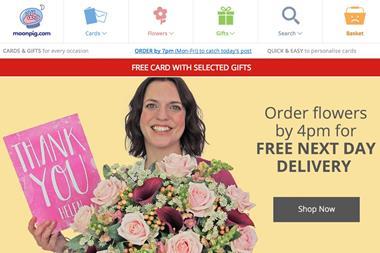

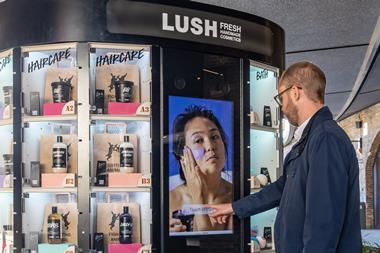
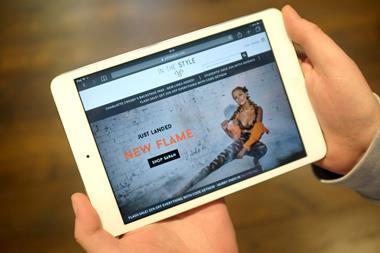
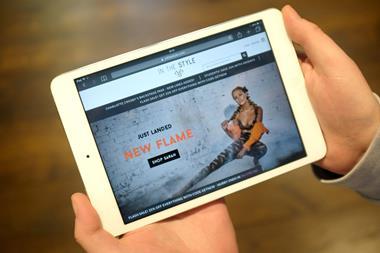
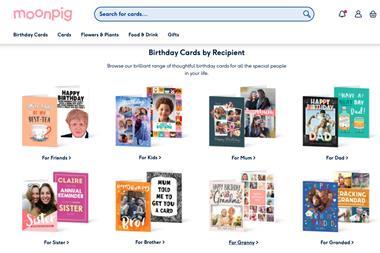
No comments yet